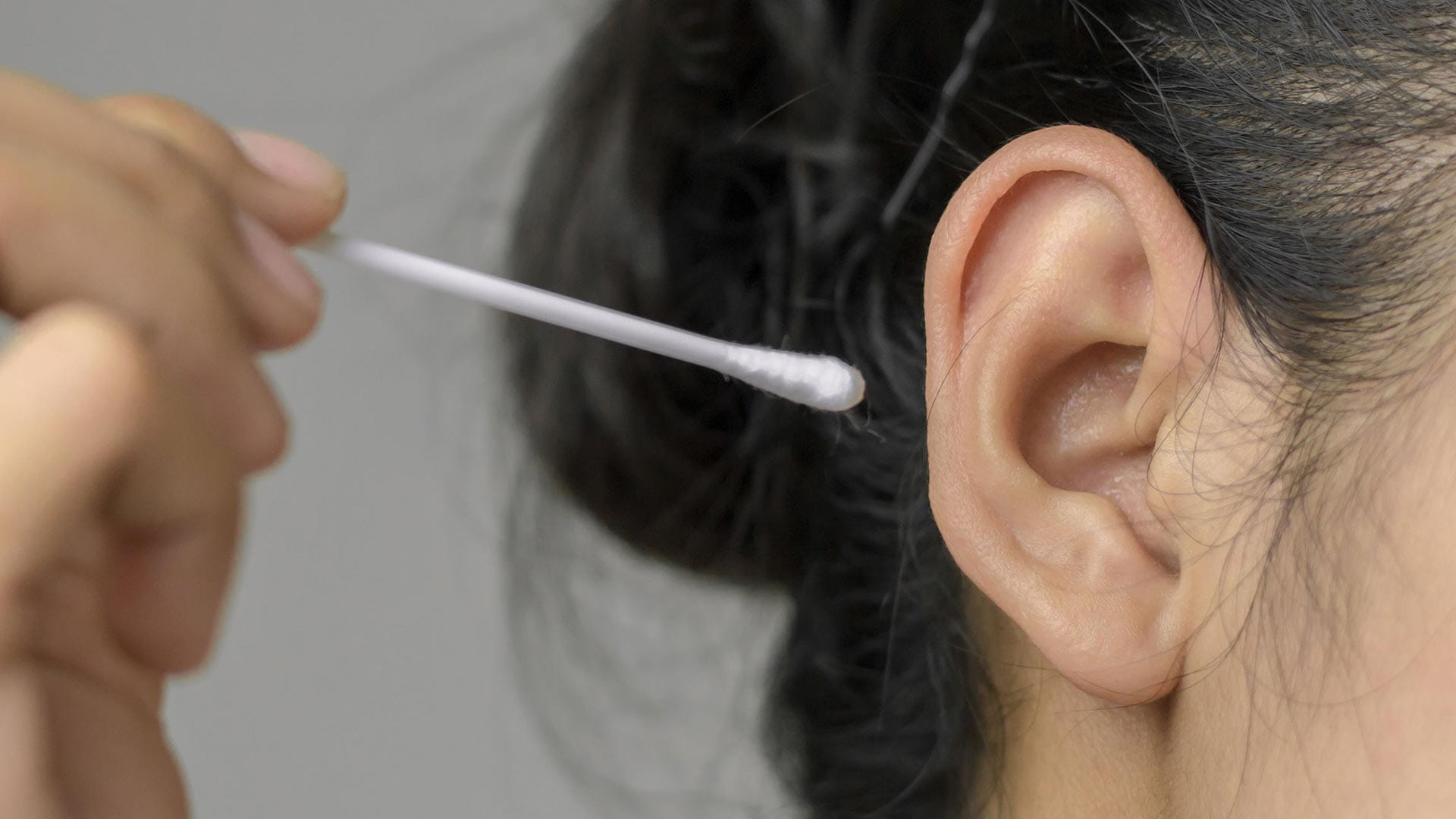

How your ears work
The human ear is a complex and delicate system that plays a crucial role in our ability to hear and process sound. From the outer ear to the inner ear, each component works together to capture and transmit sound vibrations to the brain.

Outer ear
The outer ear consists of the pinna (the visible part of your ear) and the ear canal. The pinna picks up sound, and the ear canal acts like a funnel that amplifies sound waves and delivers them to the eardrum. When the sound waves reach the eardrum, they cause it to vibrate, which sets off a chain reaction in the middle ear.
Middle ear
A chain of three tiny bones is attached to the other side of the eardrum. These bones are called the malleus, incus, and stapes (hammer, anvil, and stirrup), and together they are known as the ossicles. When the eardrum vibrates, it causes the chain of ossicles to move, amplifying the vibrations and passing them from the eardrum to the inner ear.
Inner ear
The part of the inner ear which processes sound is called the cochlea. This snail-shaped organ contains thousands of specialized cells called hair cells which convert the movement of the middle ear ossicles into electrical signals. The auditory nerve then transmits these signals to the brain, which interprets the sound into what we hear. Then, your brain analyzes the acoustic scene to help you identify sounds and voices.
How hearing works
Be Brilliant and keep up to date
Test your hearing now
Our online hearing test provides fast resulsts.
Looking for personal care?
Find your hearing care professional
Keep up-to-date
Read our latest blog posts
FAQs about how our ears work
Incoming sound vibrations cause fluid in the cochlea to move. This fluid movement causes the hair cells in the cochlea to bend, which generates electrical signals. These signals are transmitted to the auditory nerve and sent to the brain, where they are interpreted as sound.
The auditory nerve carries the electrical signals generated by the cochlea to the brain, where they are interpreted as sound. This allows us to perceive and understand the sounds around us.
A problem with the ear can affect one or more components of the ear, resulting in hearing loss, tinnitus, vertigo, or other symptoms. These problems can be caused by various factors, including age, exposure to loud noises, ear infections, and genetics.
The brain interprets sound by processing the electrical signals received from the auditory nerve. These signals are processed by brain areas responsible for different aspects of sound perception, such as pitch, volume, and location. This information is then combined in higher areas of the brain responsible for interpreting complex sounds such as speech.
In some cases, the ear can repair itself if it is damaged. For example, if the eardrum is perforated, it can often heal on its own if the cause of the perforation has been treated. In other cases, such as inner ear hearing loss, the damage may be permanent or require medical intervention.
We can protect our ears from damage by avoiding exposure to loud noises, wearing ear protection when necessary, and seeking prompt medical attention if we experience hearing problems.
Yes, the ear can differentiate between different sounds based on their frequency, intensity, and other characteristics. This allows us to distinguish between different speech sounds, musical notes, and other sounds in our environment.
The ear can adapt to changes in sound levels by adjusting the sensitivity of the hair cells in the cochlea. This may provide a small amount of protection from loud sounds and increased sensitivity of soft sounds to maintain a consistent level of hearing in different environments.
Tinnitus is a ringing or buzzing in the ear that is not caused by an external sound. It can be caused by various factors, including damage to the ear, hearing loss, and exposure to loud noises. Tinnitus is a common symptom of hearing loss.
Related articles

Earwax removal tips
Take care when cleaning the ears to avoid making earwax problems worse or damaging the eardrum.
...click to read more

Are ear candles safe to use?
…click to read more

How to clean your ears
…click to read more